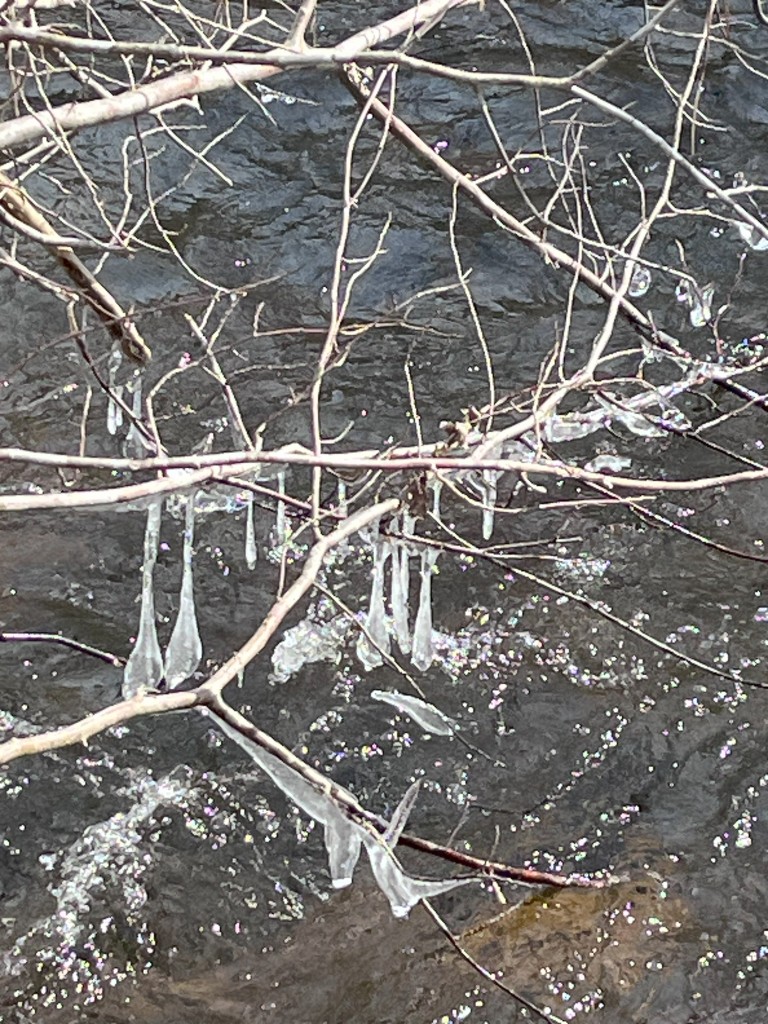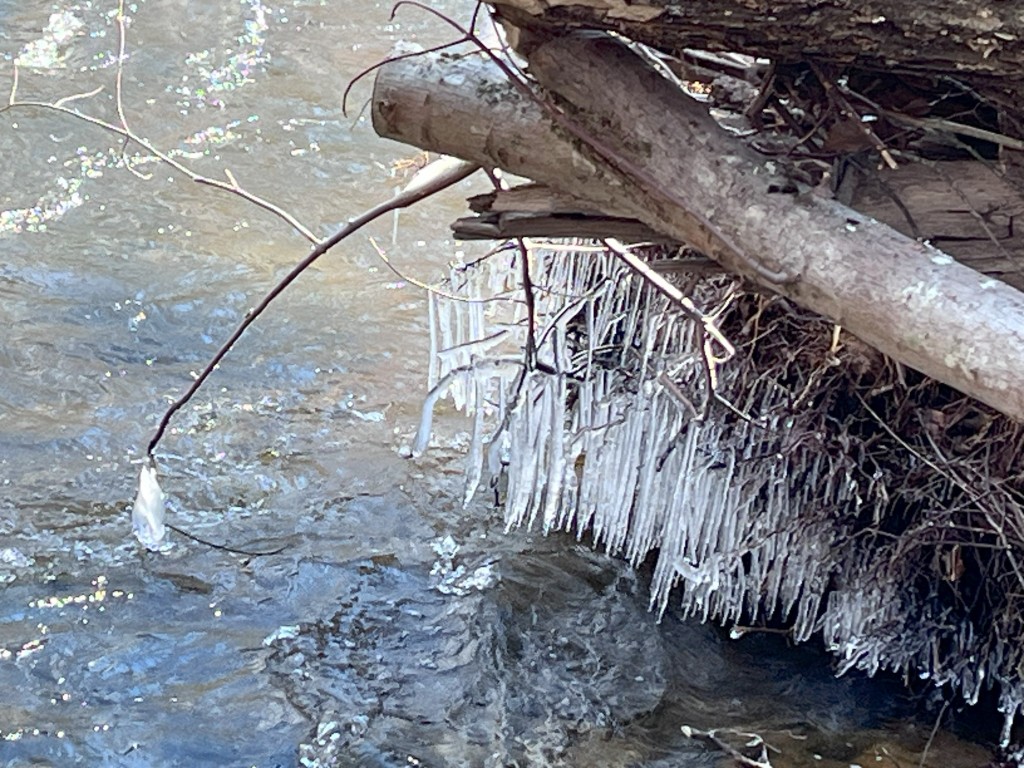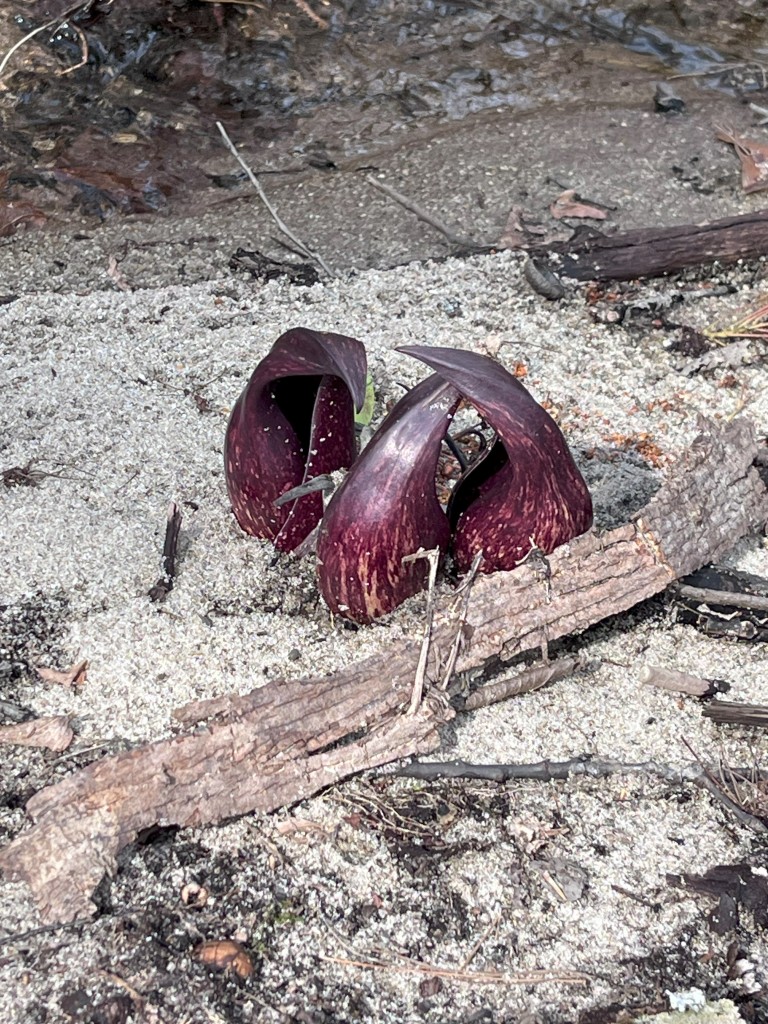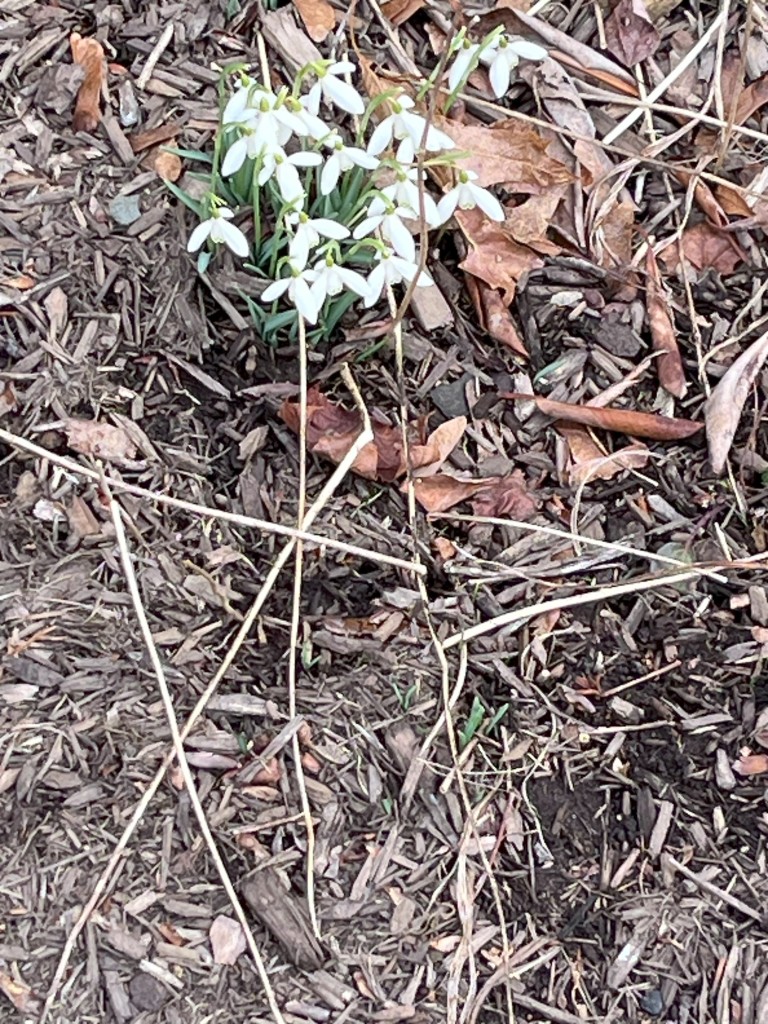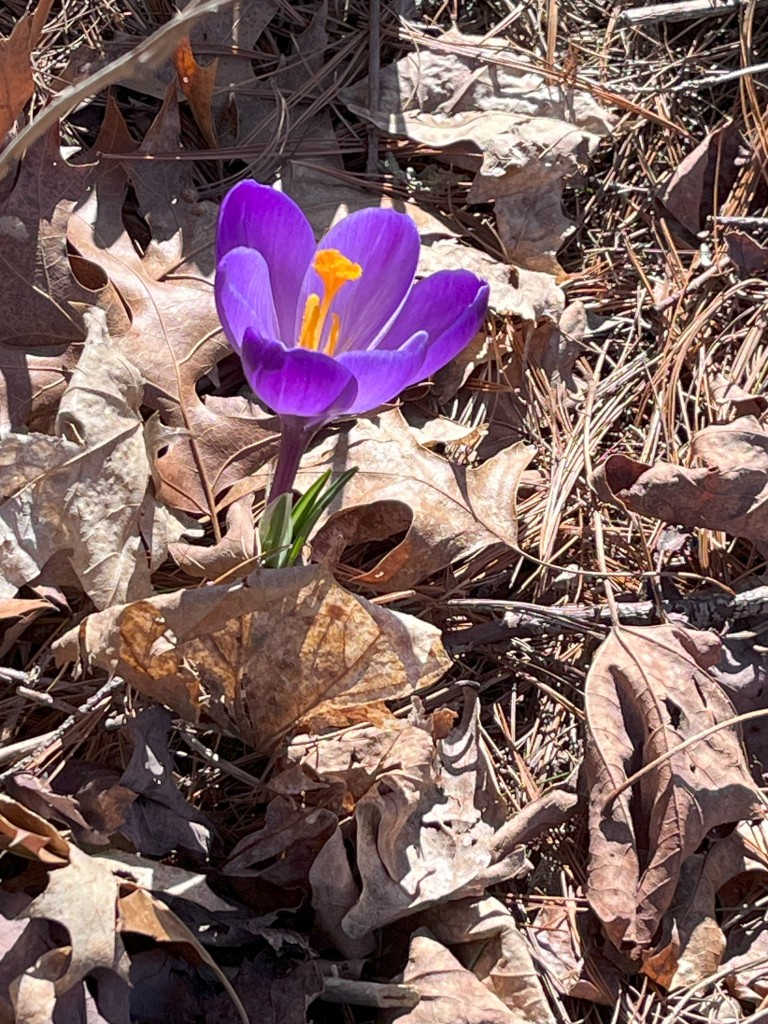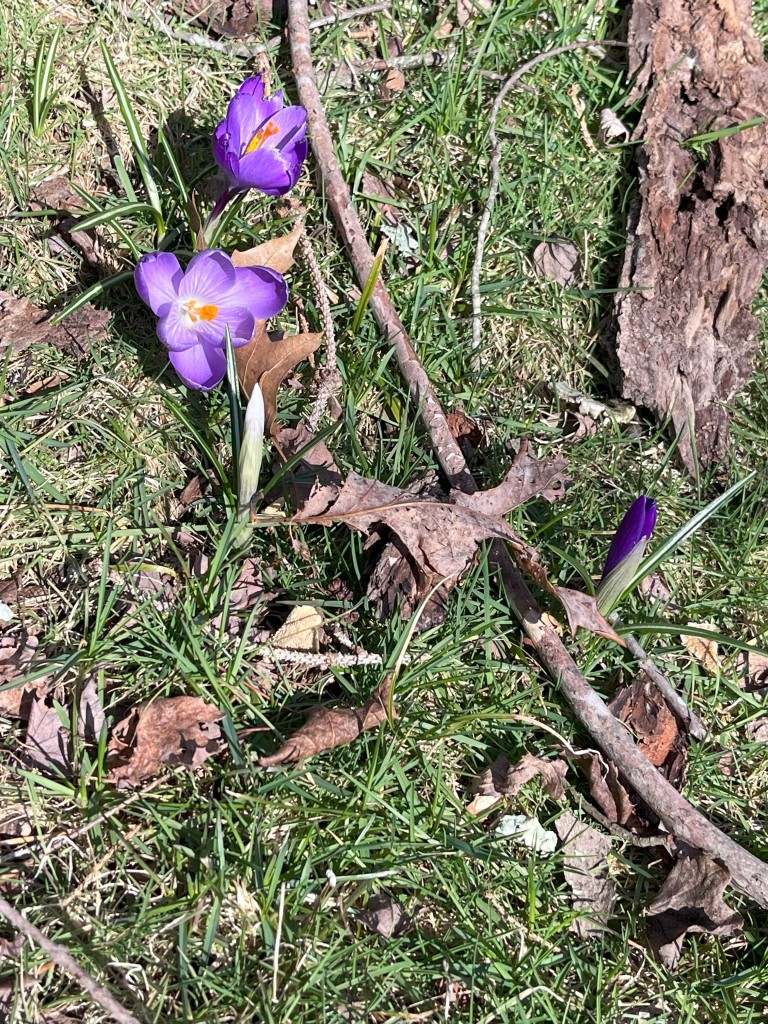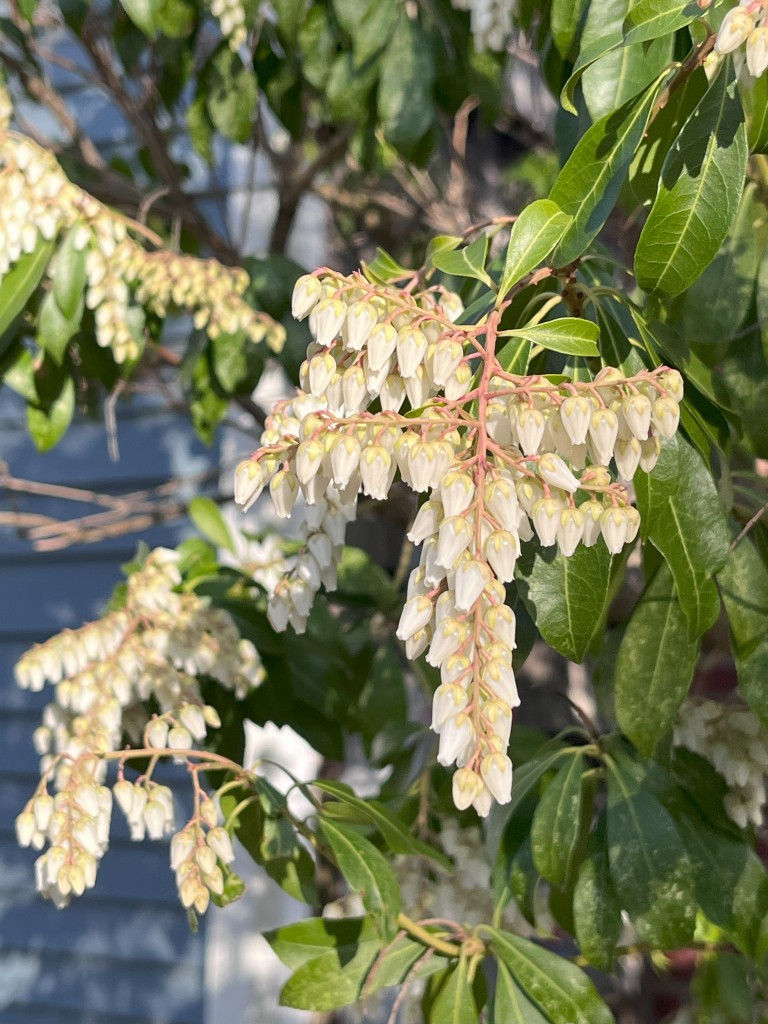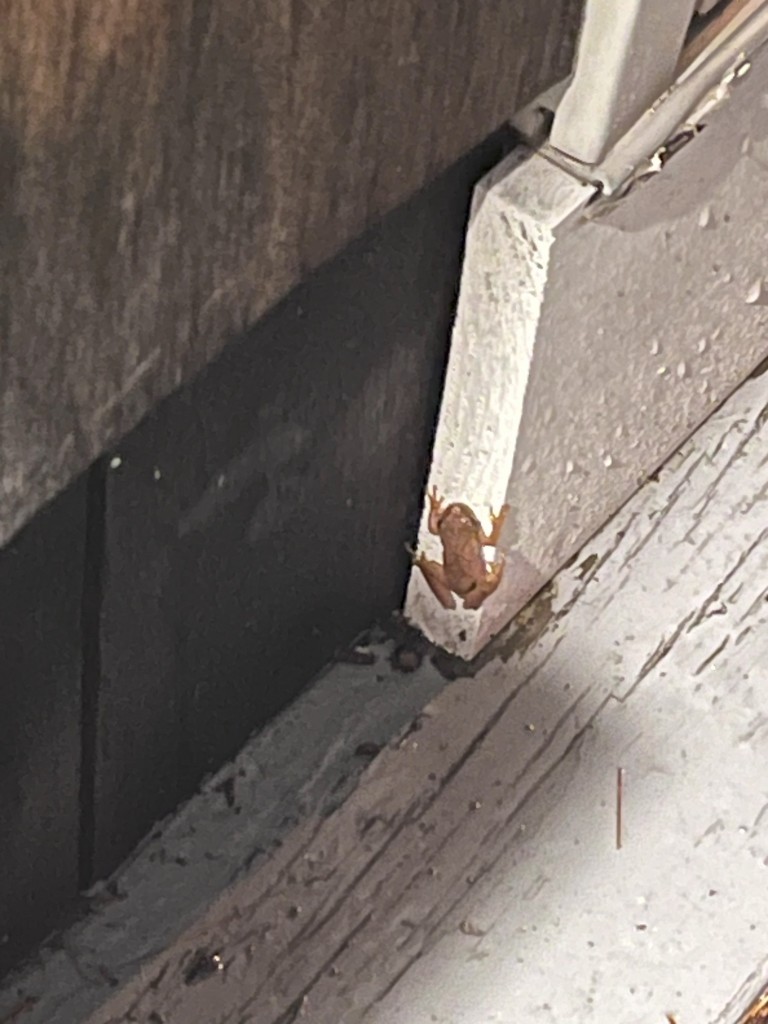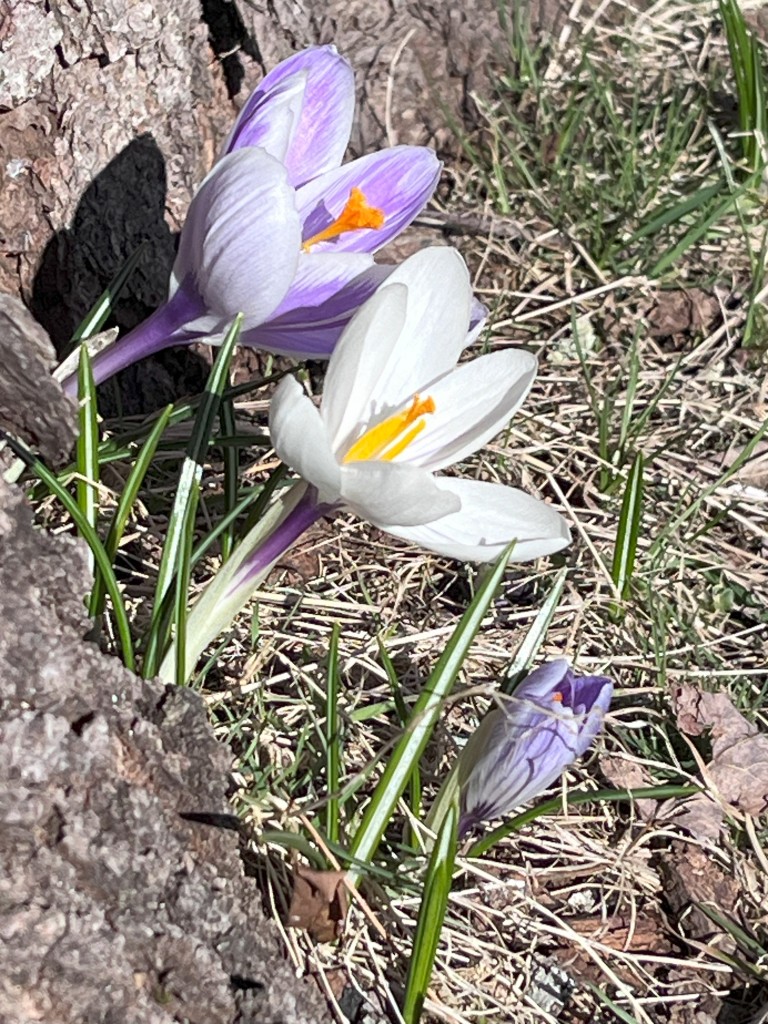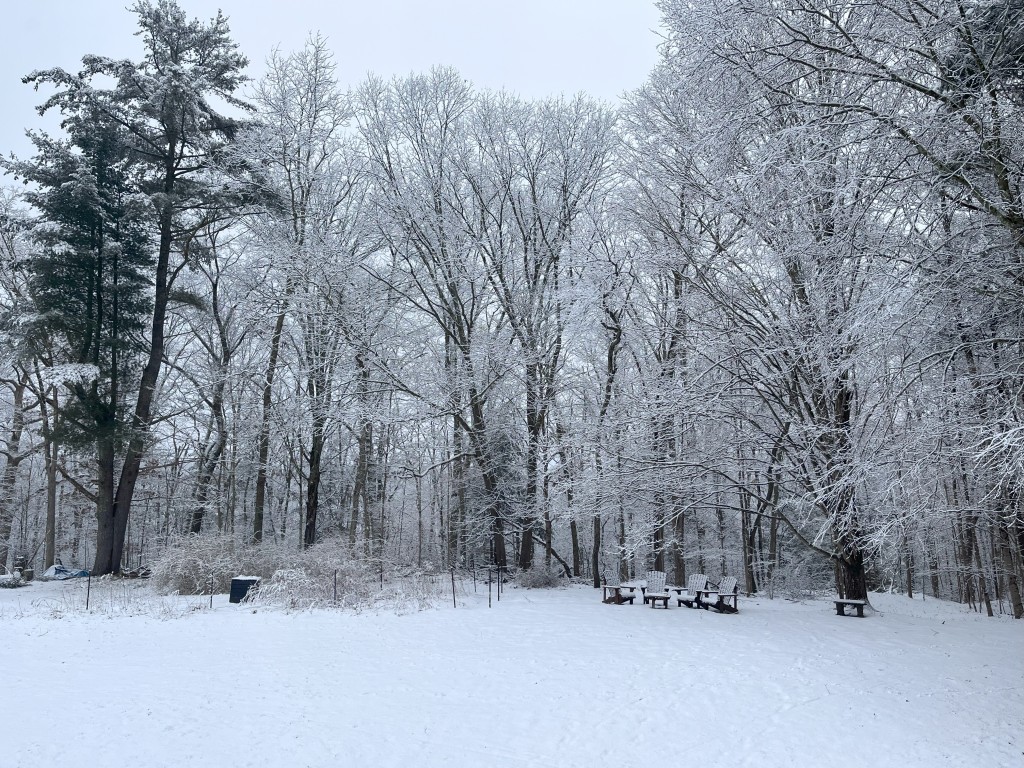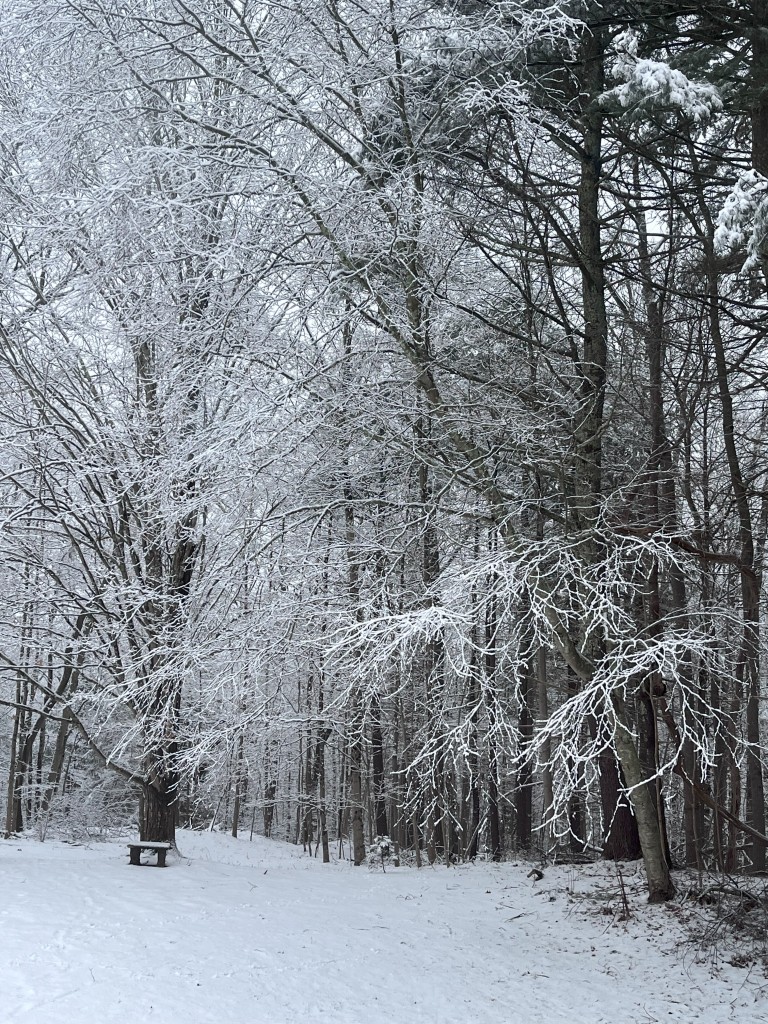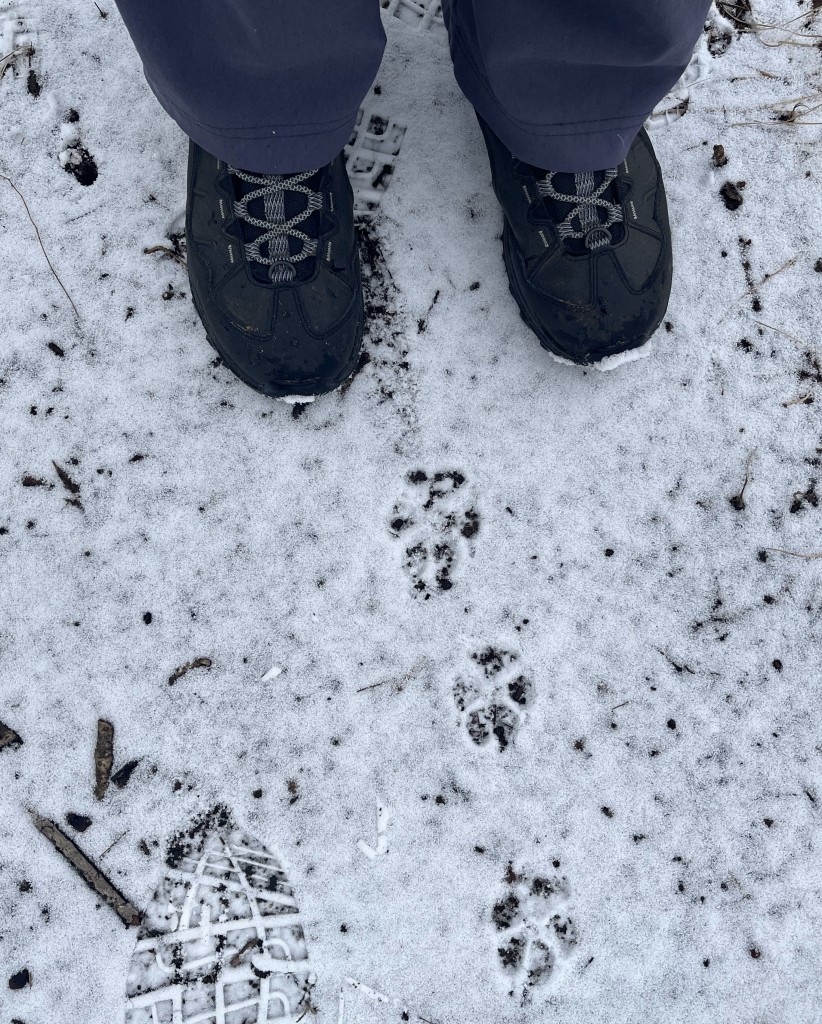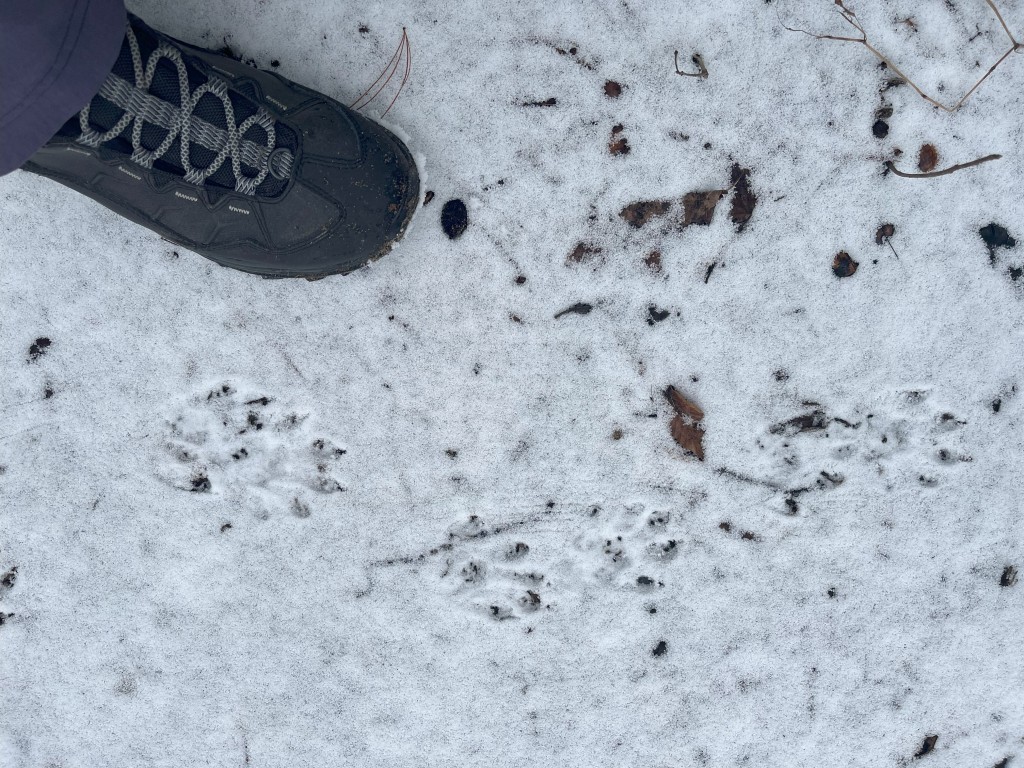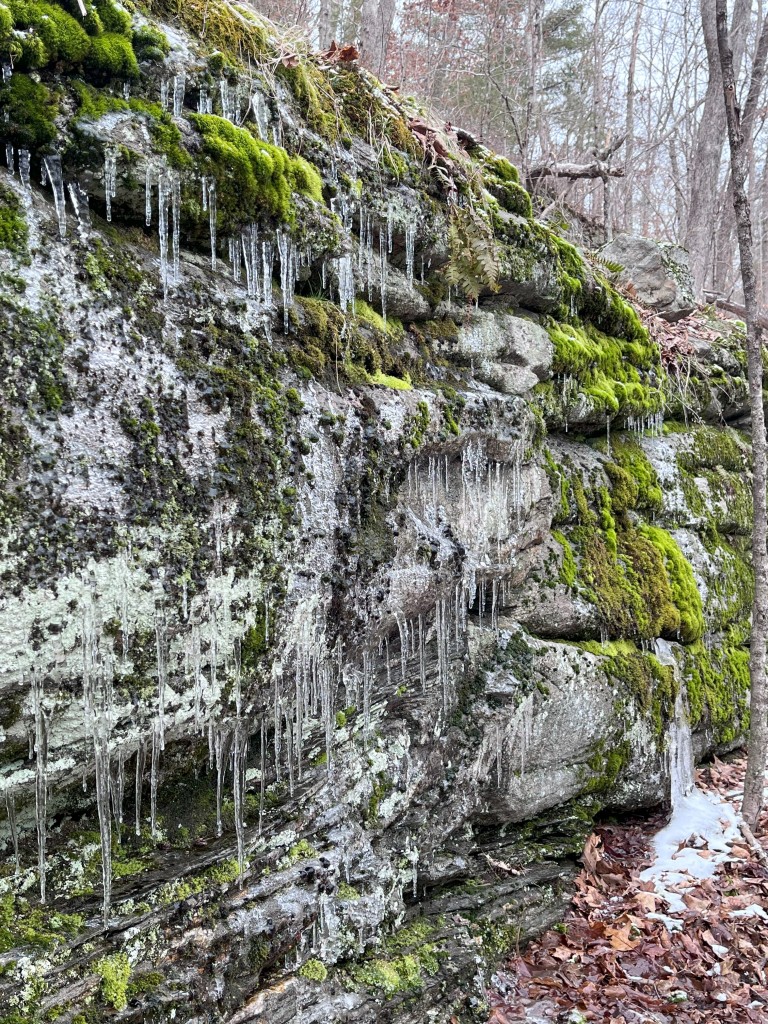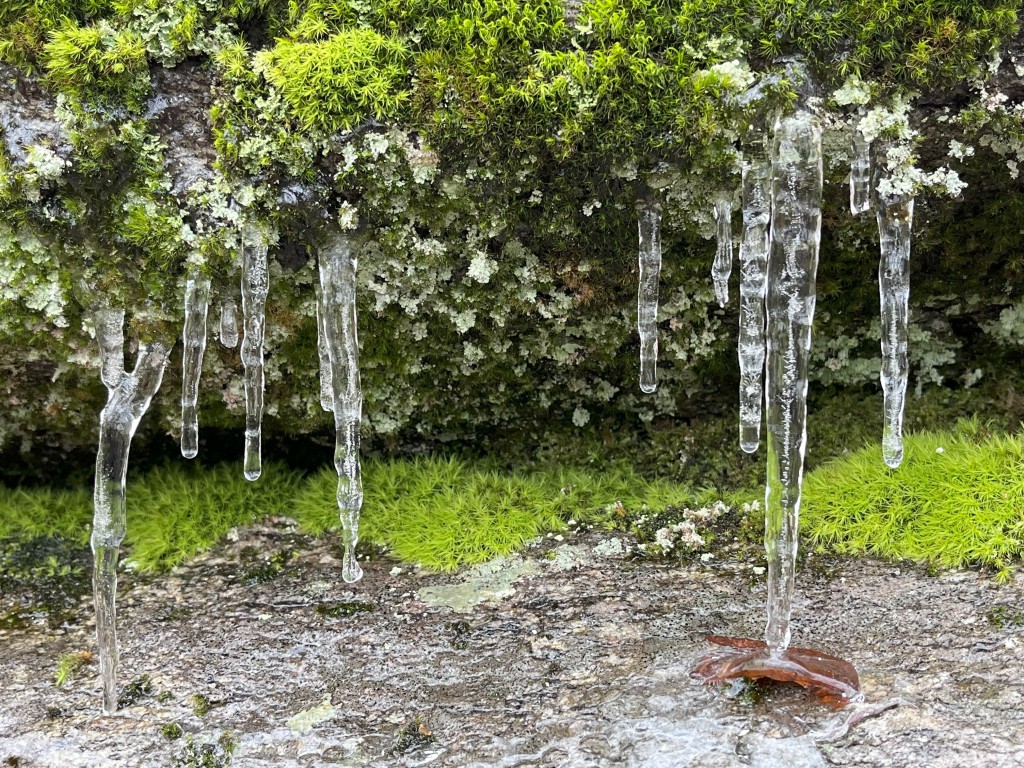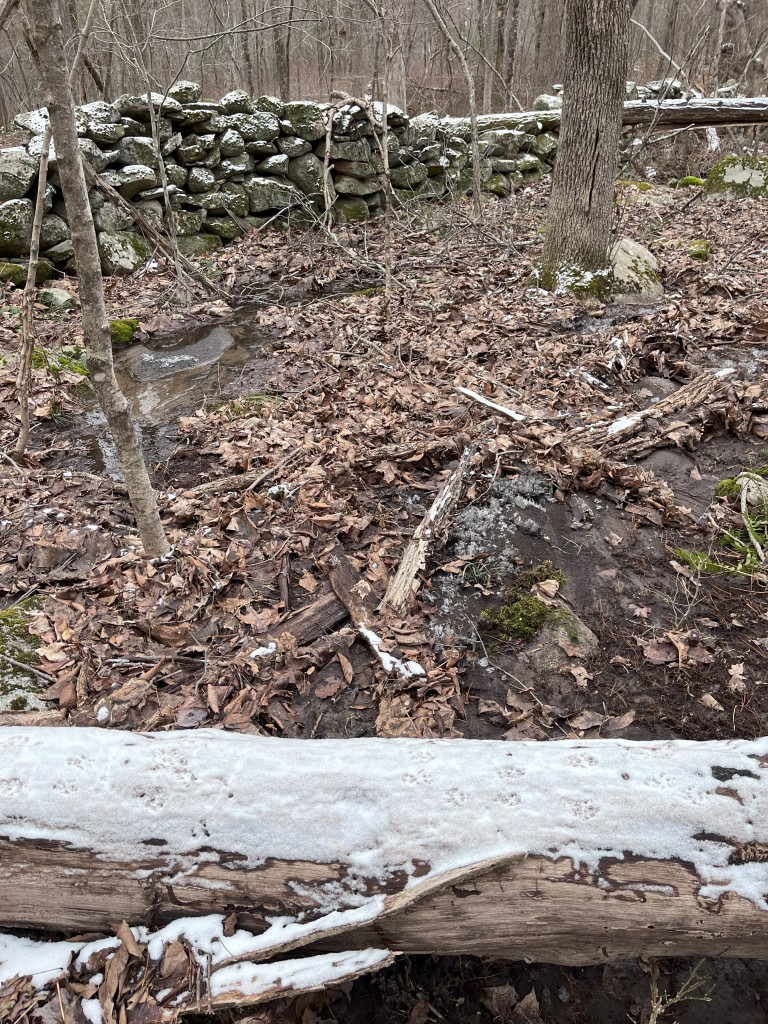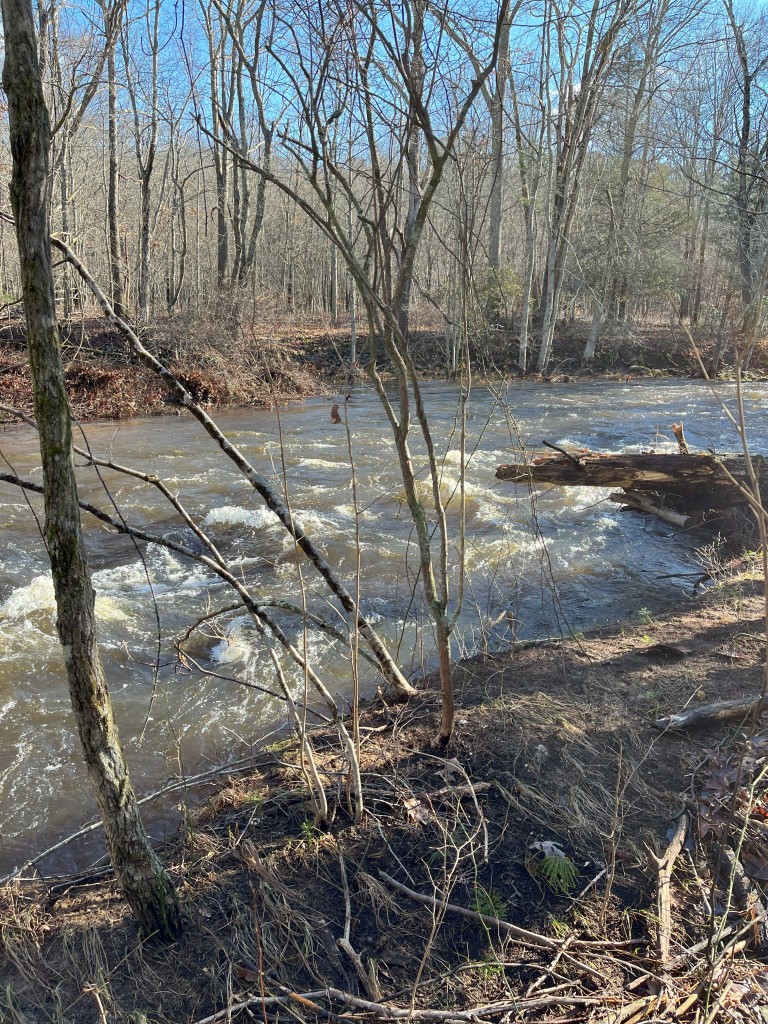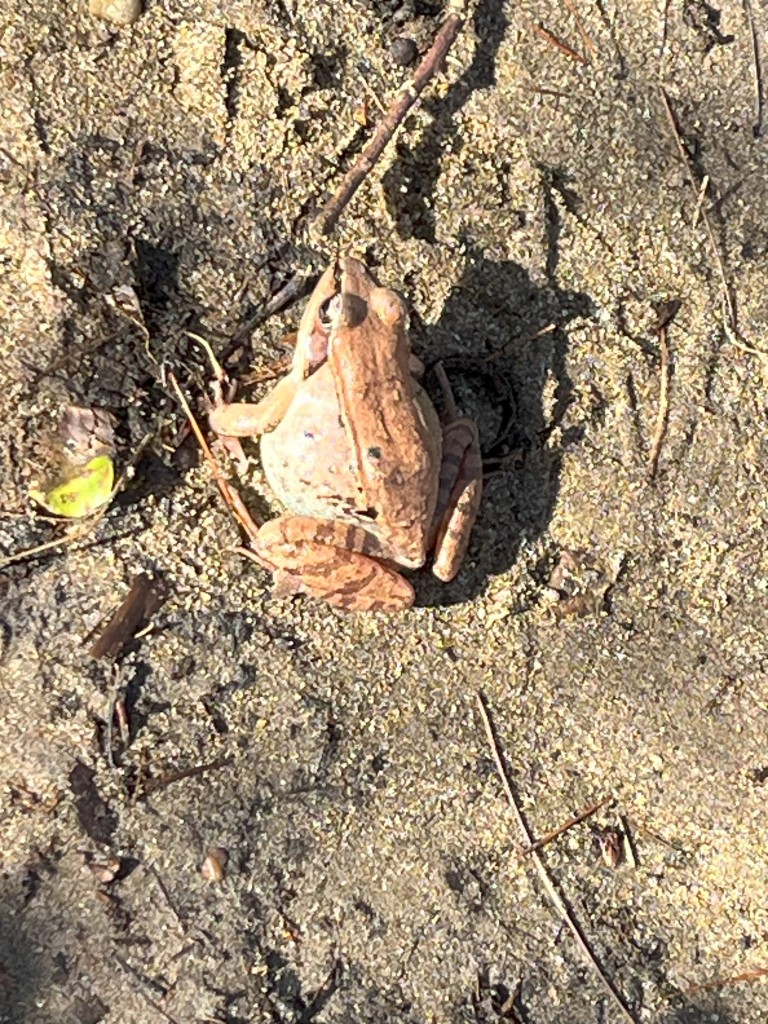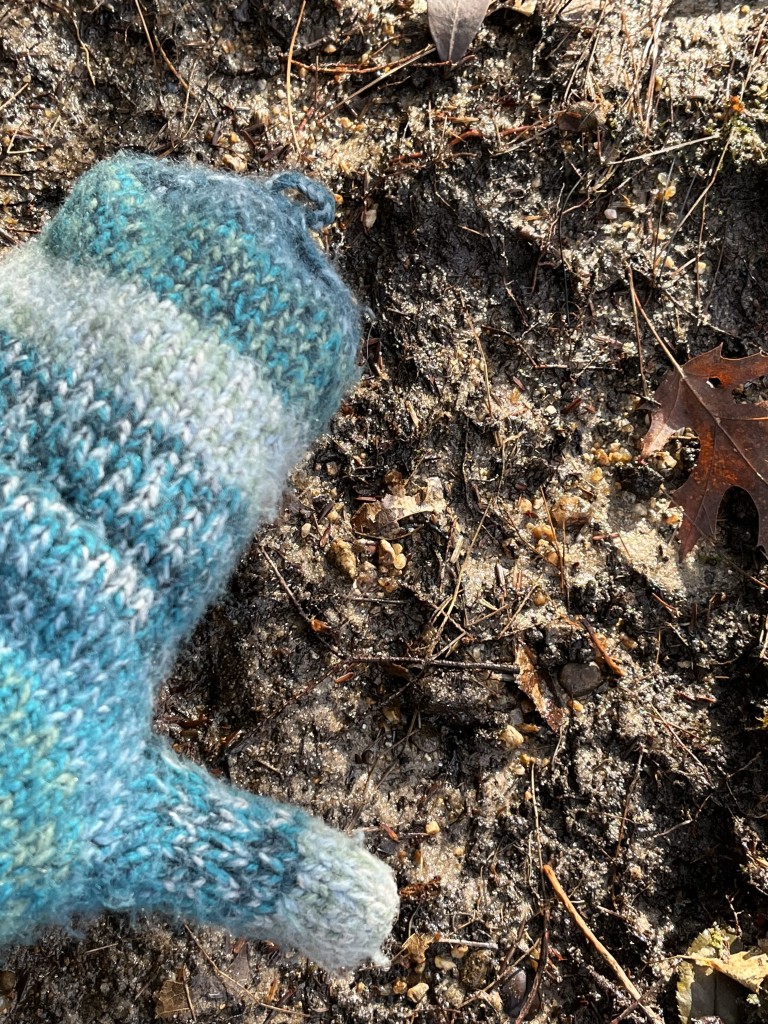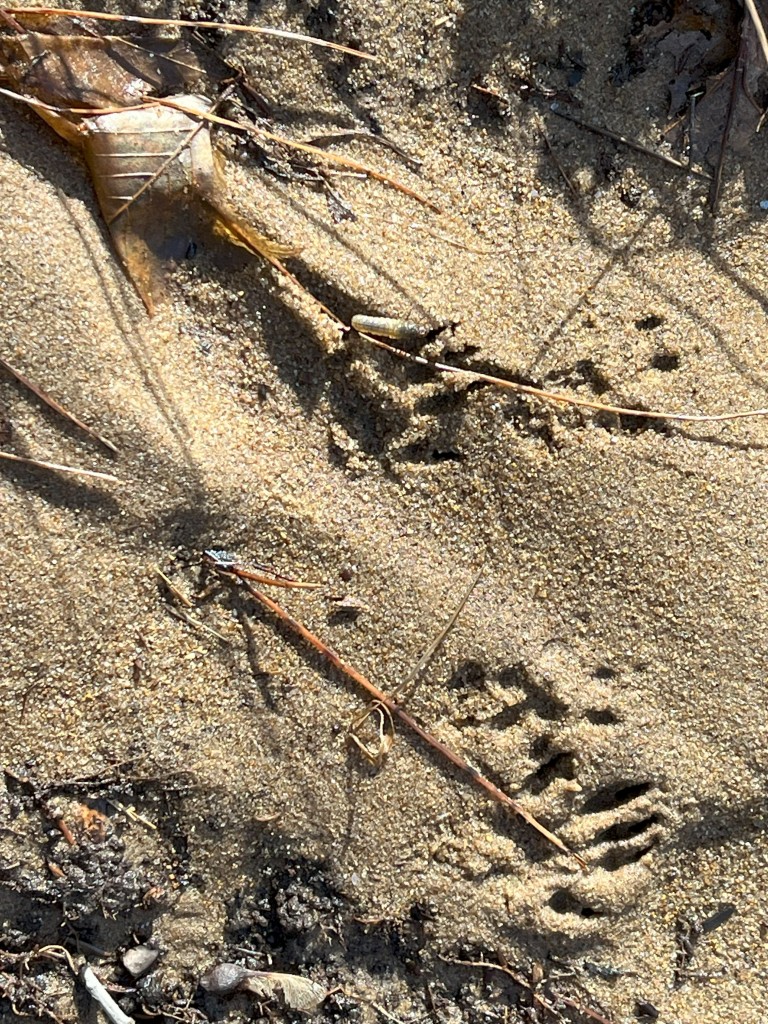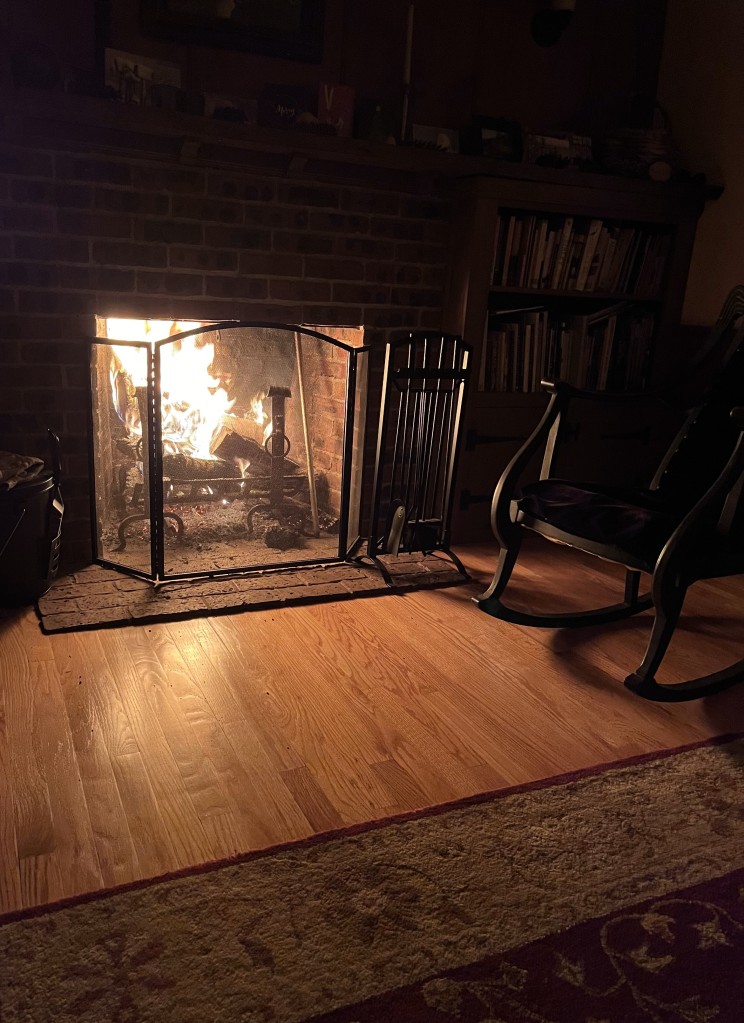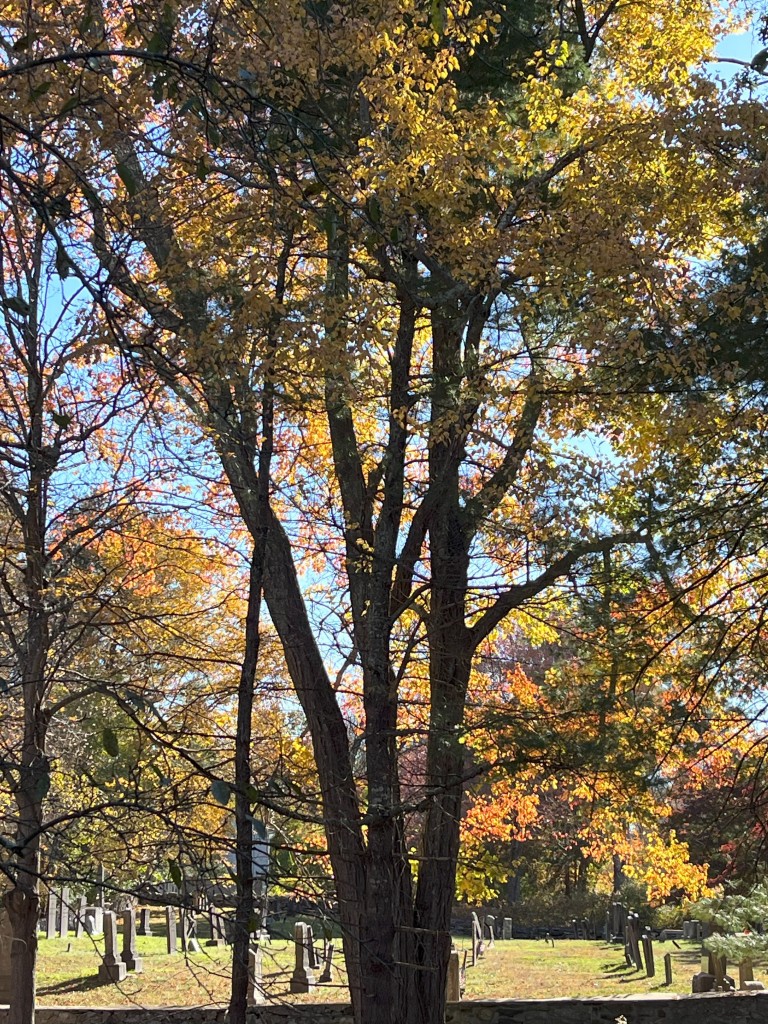May Day, or Beltane, celebrates spring, fertility – life itself, as the earth quickens again after months of winter slumber. Halfway between the vernal equinox and summer solstice in the Northern Hemisphere, it marks the new growing season and longer, warmer days. Festivities call for dancing around a maypole, hopping over bonfires, and enjoying feasts of special food and drink. May 1 is also International Workers’ Day, honoring the rights and sacrifices of those who labor around the world.


Ancient Romans celebrated this holiday to honor the goddess Flora, and today the tradition continues in the form of gathering wildflowers and making wreaths and bouquets for those we love. Winter-bare trees appear to green before my eyes. Our yard and surrounding forest, aka Froglandia – where frogs are emerging from their cold-weather hides – are awash with flora bursting into bloom to attract pollinators and, it seems, to delight B. and me.










This year, we’re saying goodbye to our dearest Kitty, who’s been with us for over 10 years. Among the crush of new flowers, cacophony of big bees drunkenly buzzing between bloated blossoms – all of life is burgeoning – as our beloved companion is returning to the earth. A red-tailed hawk shrieks above, and I turn to look at the cemetery next door. A flash of fluffy white tail, and a big red fox disappears around the corner. We are here for a brief moment, and then soon enough we’re gone, new life springing up all around us.


